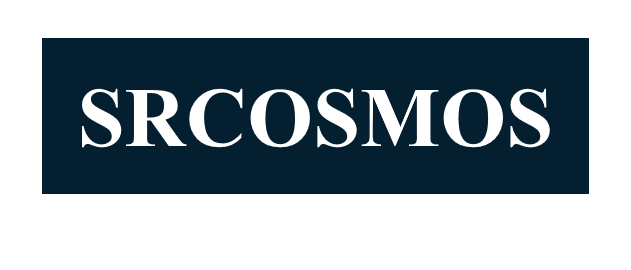About Us
SRCOSMOS LLC is a global engineering and technology service provider. We support our clients to progress in sustainability and digitalization. We provide value in every aspect of project with utmost quality and schedule delivery, our goal is to always positively impact our partners and stakeholders.
Our history
SRCOSMOS LLC, establishment in Chicago, USA & Hyderabad; India provides reliable engineering services to its clients globally. We complement our clients engineering resources for faster development, extend capacity and reduced total cost of product development by providing support across all the engineering disciplines including design, modeling, analysis, technical documentation, prototyping and testing.
Our Core Values
Who are we
We are team of Enthusiast Engineers; we succeed when we make our clients successful. We collaborate to sharpen our insights and amplify this success. We execute with excellence.
Our mission
We provide sustainable engineering and reliable design solutions.
What we do
We support our clients and customer’s, providing Mechanical product design solutions, Product sustenance support, drive technology transfer or apply resources and knowledge.

Design thinking process
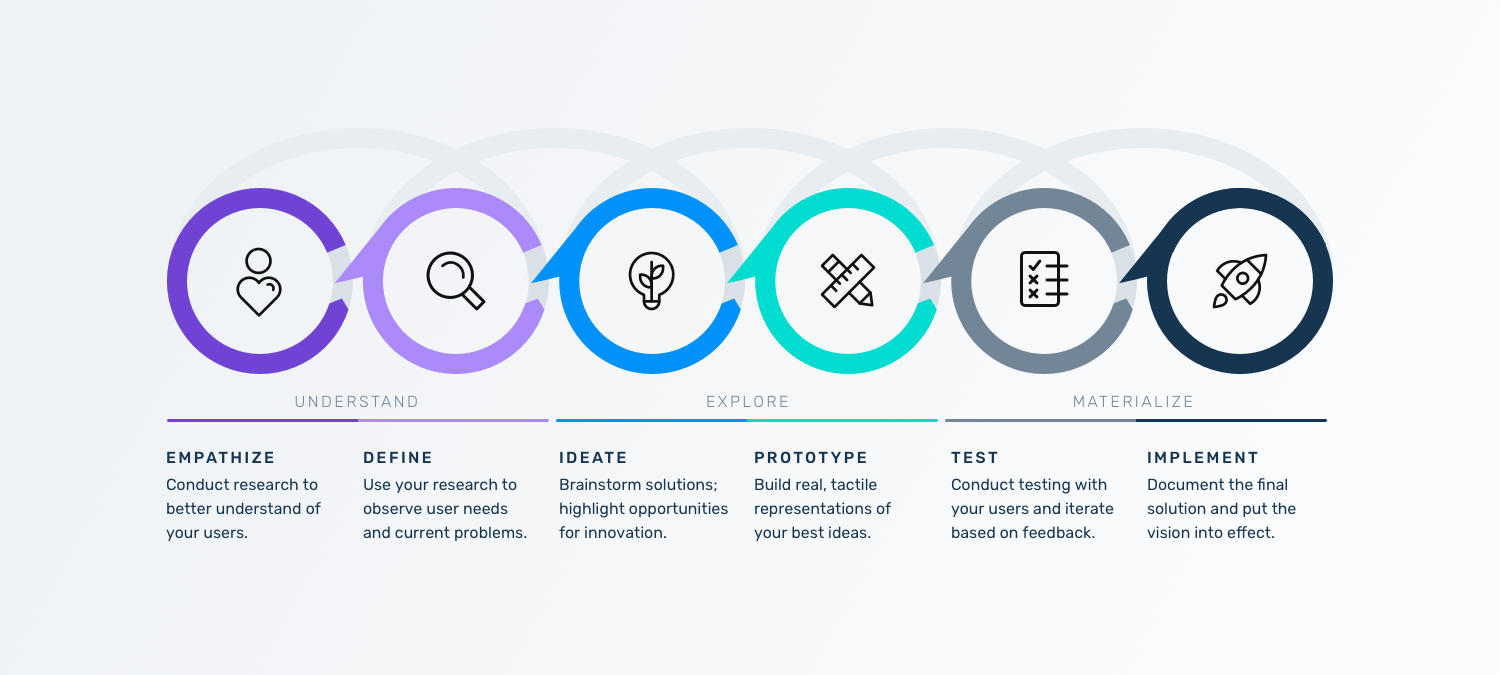
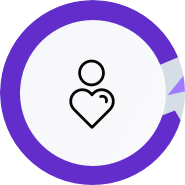
Empathize
“To create meaningful innovations, you need to know your users and care about their lives.”
Empathize is taking the time to understand people, the way they do things and why, their physical and emotional needs, how they think about the world, and what is meaningful to them.
Questions: Who is the user? What matters to this person? How does this feature fit into their lives? What motivates or discourages users? Where do they experience frustration?
Tactics: User interviews, personas, customer journey maps, the 5 W’s (and H), empathy maps
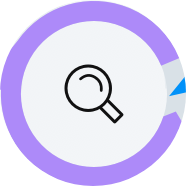
Define
“Framing the right problem is the only way to create the right solution.”
Define is the synthesis of information you’ve gathered to determine a meaningful, actionable problem statement or point of view. It will serve as the north star for our team as we approach the challenge.
Helpful Questions: What are the problems this project attempts to solve? What do we want to achieve? How will we know if we’re successful?
Tactics: Project brief, point of view, goals, user testing existing experience (pain points), stakeholder/expert interviews, KPIs
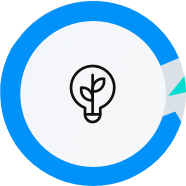
Ideate
“It’s not about coming up with the ‘right’ idea, it’s about generating the broadest range of possibilities.”
Ideate is the time to generate as many as ideas as possible. We will diverge with the team, which will provide both the fuel and the source material for building prototypes and getting possible solutions in the hands of users.
Helpful Questions: What are the ideas? What are possible solutions?
Tactics: Brainstorm, competitive and comparative analysis, bodystorm, mindmaps, sketching, storyboard
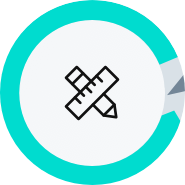
Prototype
“Build to think and test to learn.”
Prototype is a tangible representation of an idea or possible solution. In the early stages, design in low-resolution (fail quickly and cheaply), but high enough that will communicate the idea to someone and allow them to interact with it.
Helpful Questions: How can the ideas be represented? What needs to be created in order to test with users?
Tactics: Digital wireframes, physical materials, rapid prototyping

Test
“Testing is an opportunity to learn about your solution and your user.”
Test is a solicitation of feedback on the prototypes created from users where you will have another opportunity to gain empathy and understanding of the people you’re designing for. With feedback, you are able to revisit any of the steps to further refine (and iterate on) a prototype before moving into high-fidelity mocks.
Helpful Questions: What are users telling us that we can further iterate on? What went well? Where did users have difficulty?
Tactics: Usability testing
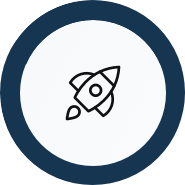
Implement
“We need more design doing.”
Implementation is taking an idea in your head, and transforming that idea into something real and usable by users. As impactful as design thinking can be for an organization, it only leads to true innovation if the vision is executed. The success of design thinking lies in its ability to transform an aspect of the end user’s life, and is arguably the most important step.
Helpful Questions: How do we materialize the solution?
Tactics: High-fidelity mocks, specifications to engineering

